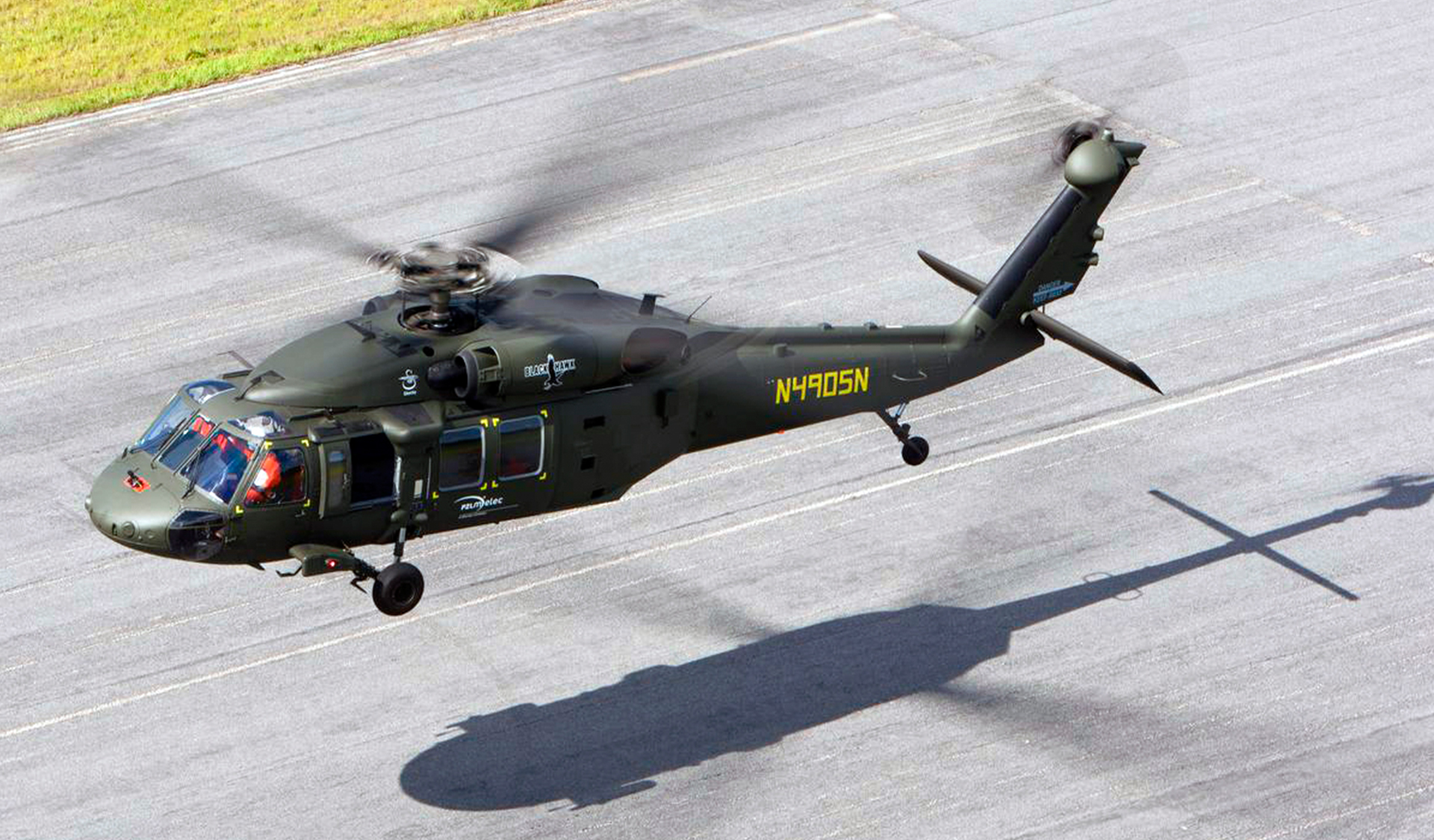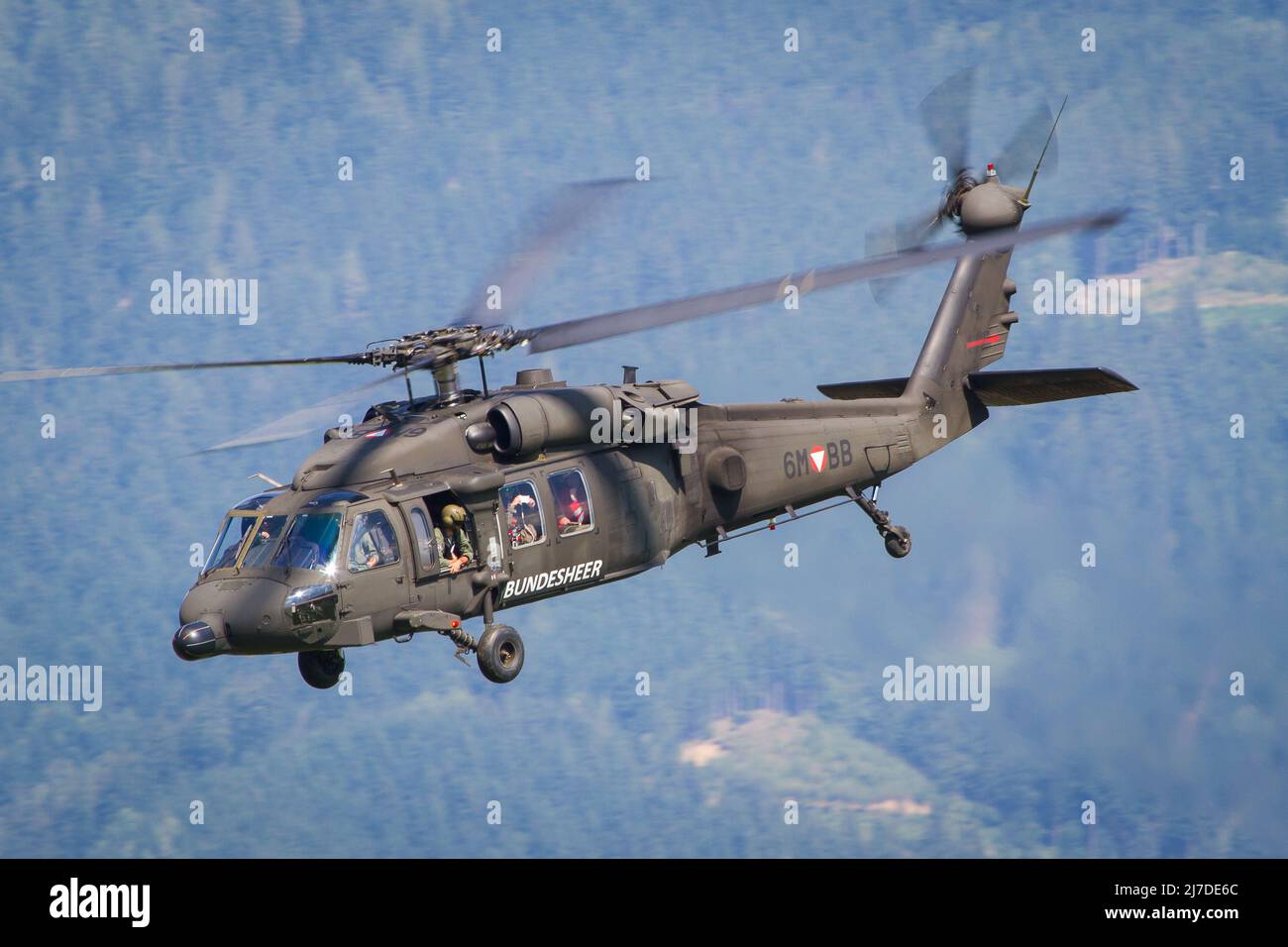A Take a look at the Sikorsky S 70's Role in Military and Civil Aviation
A Take a look at the Sikorsky S 70's Role in Military and Civil Aviation
Blog Article
Rotary-Wing Aircraft Offering Superior Toughness and Precision Design
In the realm of air travel, rotary-wing airplane have actually long been identified for their distinct abilities in numerous functional environments. As we discover the detailed balance between innovation and reliability in rotary-wing aircraft, it becomes obvious that the merging of sophisticated innovation and proven design principles has set a brand-new standard for performance and performance in the aerospace industry.
Development of Rotary-Wing Technology
Throughout the history of aeronautics, the development of rotary-wing technology has been a testament to continuous development and innovation in aerial engineering. From the early days of upright trip with fundamental designs to the innovative helicopters and various other rotary-wing airplane of today, the progress in this area has actually been amazing.
In the very early 1900s, leaders like Igor Sikorsky and Juan de la Cierva made substantial strides in rotary-wing modern technology. Sikorsky's VS-300 helicopter, initial flown in 1939, noted a turning point in the development of sensible rotary-wing aircraft. This success led the way for additional advancements in upright trip capacities.

Today, rotary-wing aircraft play vital functions in numerous markets, including military operations, emergency situation clinical services, police, and commercial transport. The advancement of rotary-wing innovation remains to push the borders of what is feasible in vertical trip, guaranteeing that these airplane stay indispensable assets in the air travel market.
Materials and Construction Innovations
Demonstrating a fusion of advanced materials and accurate building and construction methods, rotary-wing aircraft have actually gone through considerable advancements in longevity and efficiency. Among the vital technologies in materials utilized for rotary-wing airplane is the enhancing use of composite products. These products, such as carbon fiber reinforced polymers, offer a high strength-to-weight proportion, enhancing both the structural integrity and total efficiency of the airplane. In addition, developments in manufacturing processes have enabled even more intricate and exact building and construction of rotary-wing elements, contributing to improved aerodynamics and effectiveness.
Moreover, the integration of innovative coverings and surface area therapies has played an important function in boosting the longevity of rotary-wing aircraft. These finishes give security versus deterioration, abrasion, and severe weather, extending the life-span of the airplane and minimizing maintenance needs.
In terms of building and construction advancements, additive production, also understood as 3D printing, has actually changed the production of facility components for rotary-wing aircraft. This innovation enables quick prototyping and customization, resulting in quicker growth cycles and lowered costs. Overall, the constant development of materials and construction strategies is driving the capabilities and performance of rotary-wing airplane to new heights.
Precision Flight Control Solution

The assimilation of GPS innovation even more improves the accuracy and reliability of these systems, enabling for precise navigating, waypoint tracking, and automated trip control. sikorsky s 70. This level of accuracy not only boosts the security of rotary-wing procedures however also boosts total functional efficiency and goal effectiveness
Furthermore, the continual developments in expert system and device knowing have assisted in the advancement of autonomous flight abilities within Accuracy Flight Control Solution. This makes it possible for rotary-wing aircraft to execute complex objectives with unrivaled precision and consistency, making them important properties in a broad array of applications, consisting of military procedures, search and rescue goals, and aerial photography.
Longevity in Challenging Atmospheres
In requiring operational settings, rotary-wing aircraft demonstrate phenomenal resilience and toughness, making certain optimum performance under challenging environmental conditions. These aircraft are created to hold up against a broad variety of environmental aspects, consisting of severe temperature levels, high winds, and harsh surface, making them fit for various missions in diverse landscapes.
One essential factor contributing to the toughness of rotary-wing airplane Learn More Here is their sturdy building and construction. These airplanes are constructed making use of high-grade products and progressed design strategies to boost their architectural stability and dependability. In addition, parts such as rotor blades, engine systems, and touchdown gear are thoroughly created to stand up to the strains and tensions encountered throughout procedures in tough settings.
Moreover, rotary-wing airplane are geared up with sophisticated onboard systems that monitor performance metrics in real-time, enabling aggressive maintenance and early discovery of prospective issues - sikorsky s 70. This proactive approach aids stop unforeseen failures and ensures the ongoing airworthiness of the aircraft popular functional settings. On the whole, the longevity of rotary-wing airplane in challenging settings is a testament to their superior design and design, making them crucial possessions for various mission-critical procedures
Maintenance and Integrity Criteria
The adherence to stringent upkeep and reliability requirements is paramount in making certain the optimal efficiency and safety of rotary-wing airplane. Regular upkeep checks, conducted by certified professionals, are important to determine and attend to any type of prospective problems before they endanger the aircraft's functionality. These checks encompass a detailed examination of all essential components, consisting of the engine, blades system, avionics, and hydraulic systems, to guarantee that they are in prime functioning problem.
Furthermore, adherence to set up maintenance periods according to manufacturer guidelines is critical for supporting the aircraft's integrity. This aggressive approach assists stop unanticipated breakdowns and guarantees that the airplane continues to be directory airworthy for its designated objectives. In addition, the execution of robust reliability standards, such as routine element screening and substitute based upon fixed lifecycles, further enhances the aircraft's dependability.
Conclusion

To conclude, the innovations in rotary-wing airplane technology have led to superior sturdiness and precision engineering. With innovative materials and construction techniques, along with accuracy trip control systems, these airplane can run in tough settings with raised integrity. The upkeep and dependability standards ensure that these rotary-wing aircraft remain to execute at their finest, making them necessary possessions for various industries.
Showing a blend of sophisticated products and accurate construction strategies, rotary-wing airplane have undertaken substantial developments in resilience and performance. One of the vital advancements in materials made use of for rotary-wing airplane is the enhancing application of composite materials.With thorough interest to detail and progressed technological assimilation, rotary-wing aircraft have welcomed Precision Trip Control Solution as a keystone of their functional quality. Generally, the resilience of rotary-wing aircraft in challenging settings is a testament to their remarkable engineering and style, making them essential properties for various mission-critical procedures.
In conclusion, the innovations in rotary-wing aircraft modern technology have led to remarkable durability and accuracy engineering.
Report this page